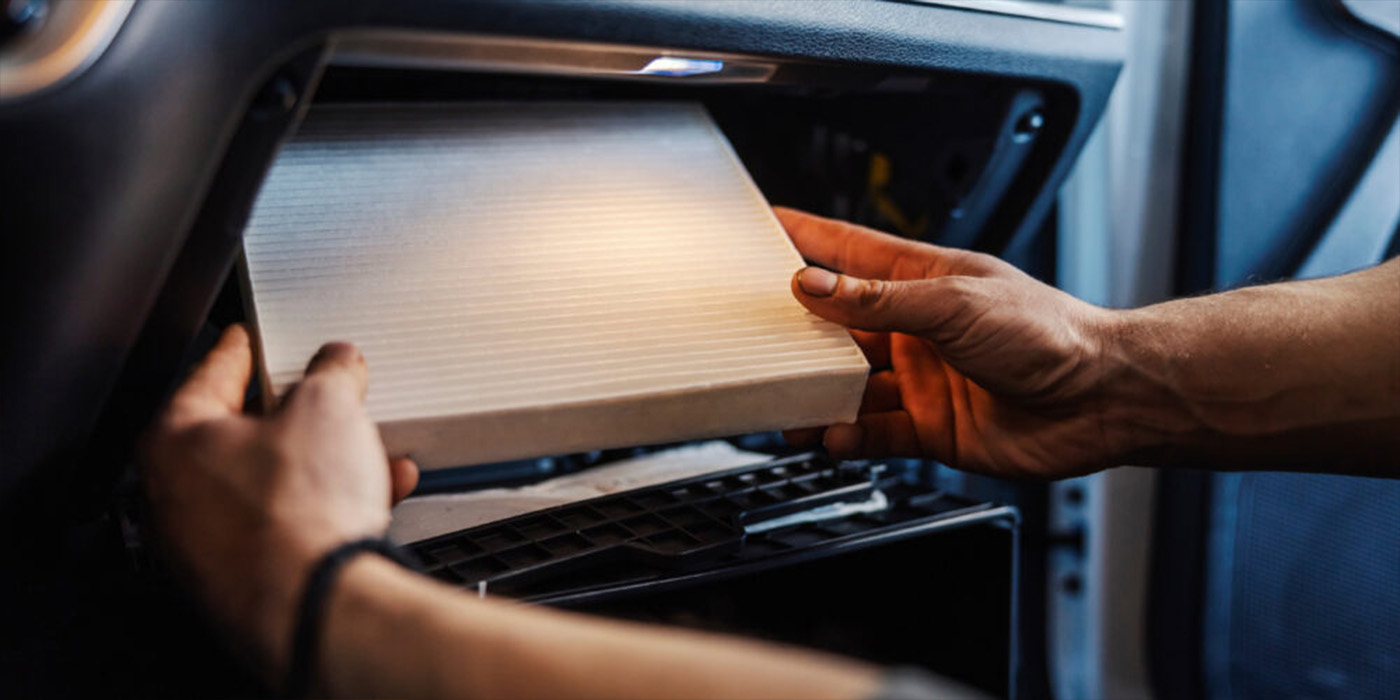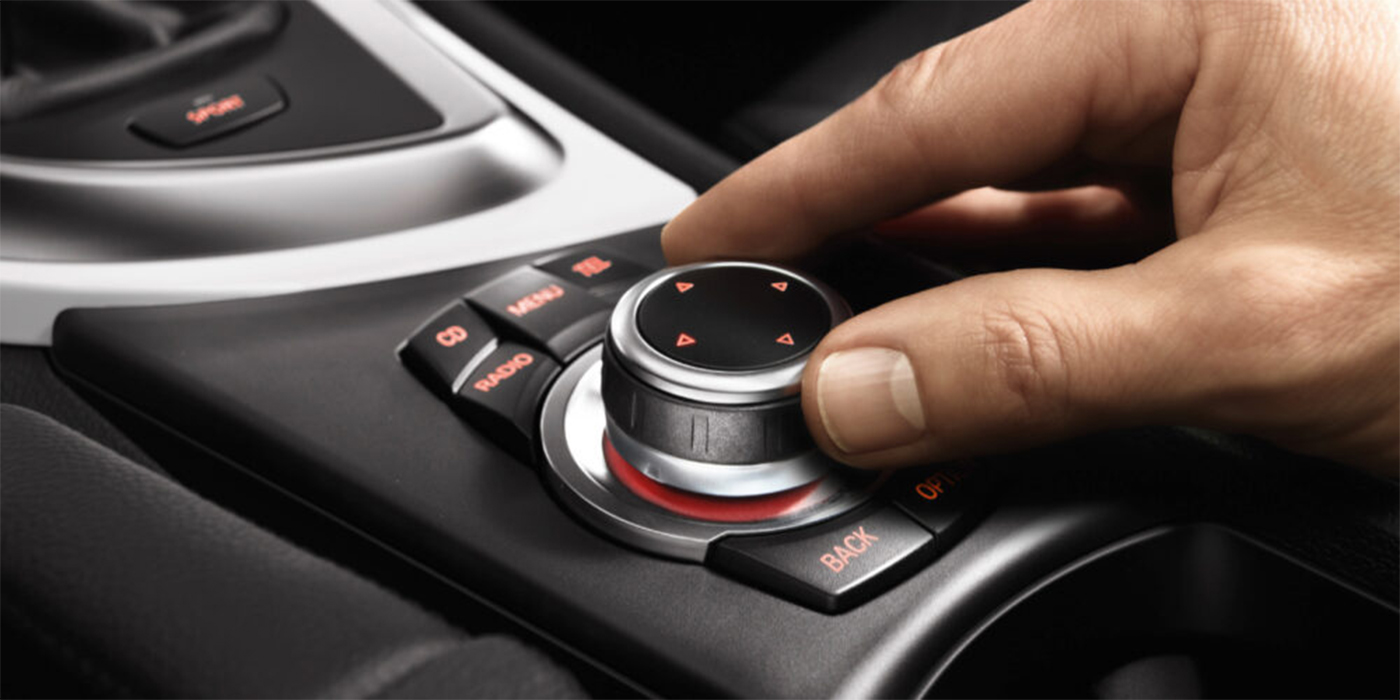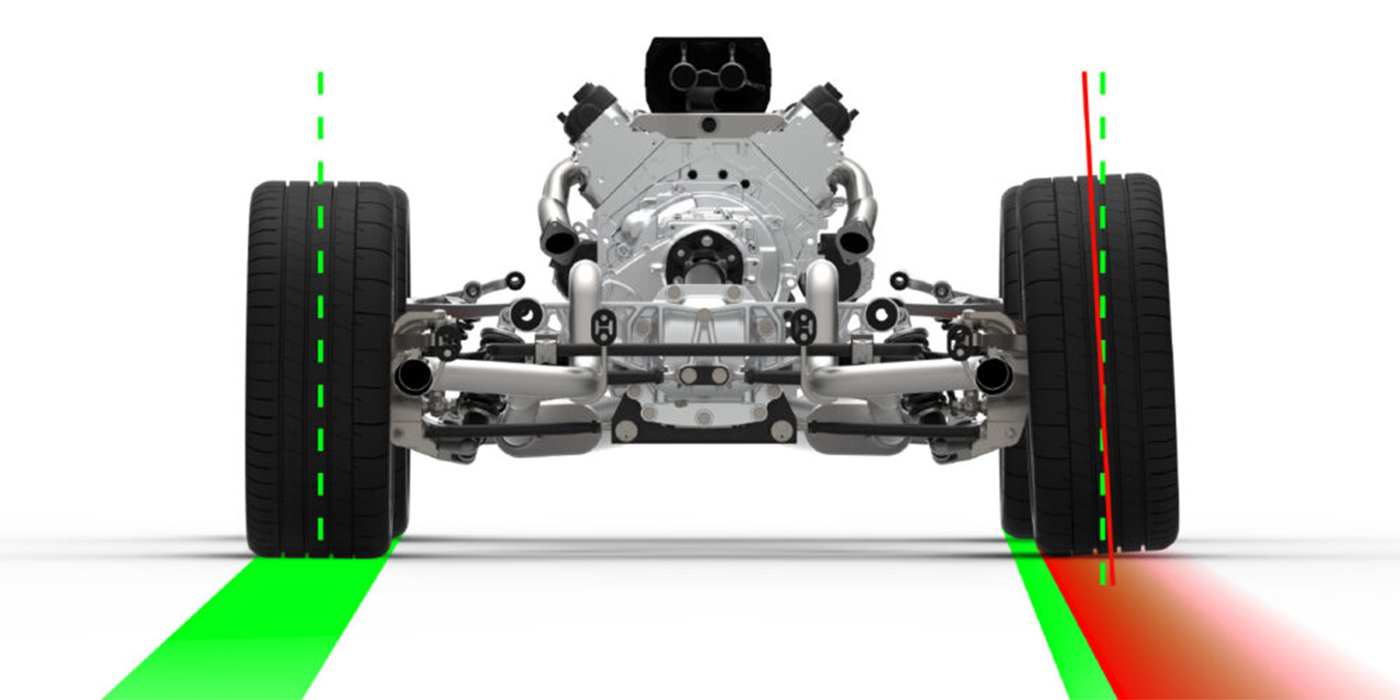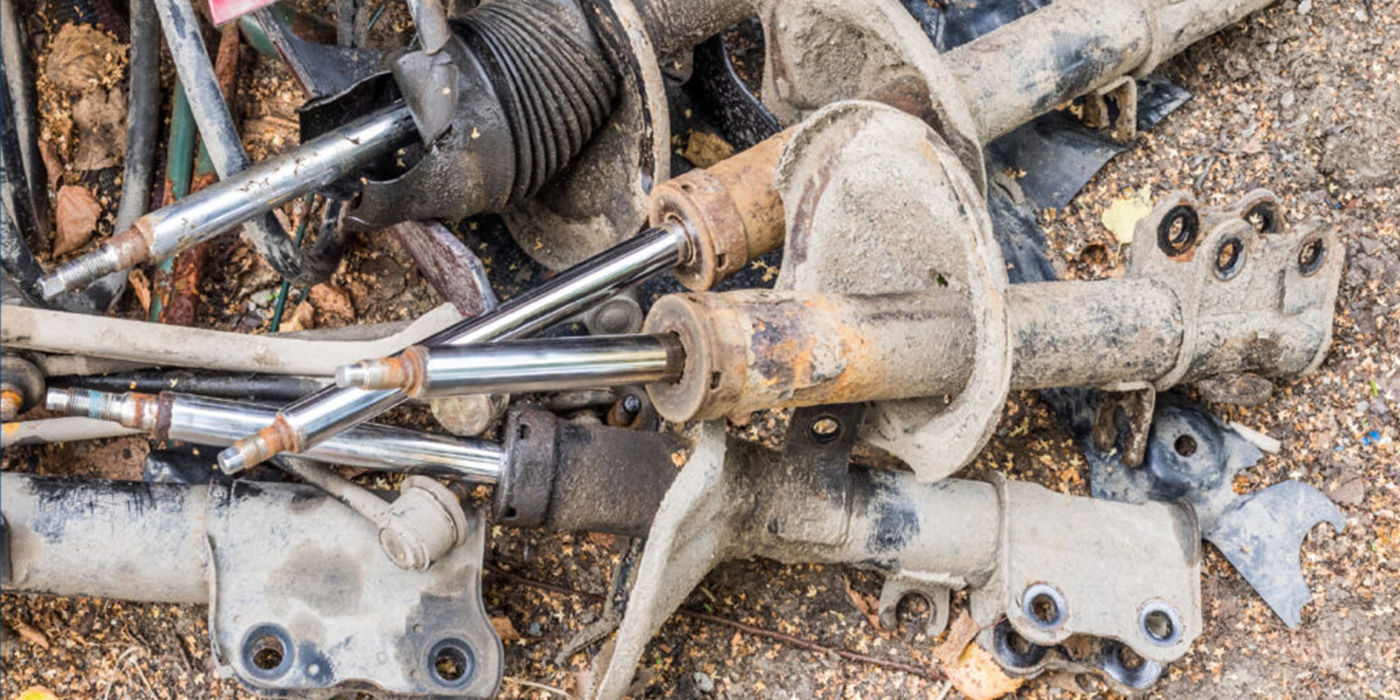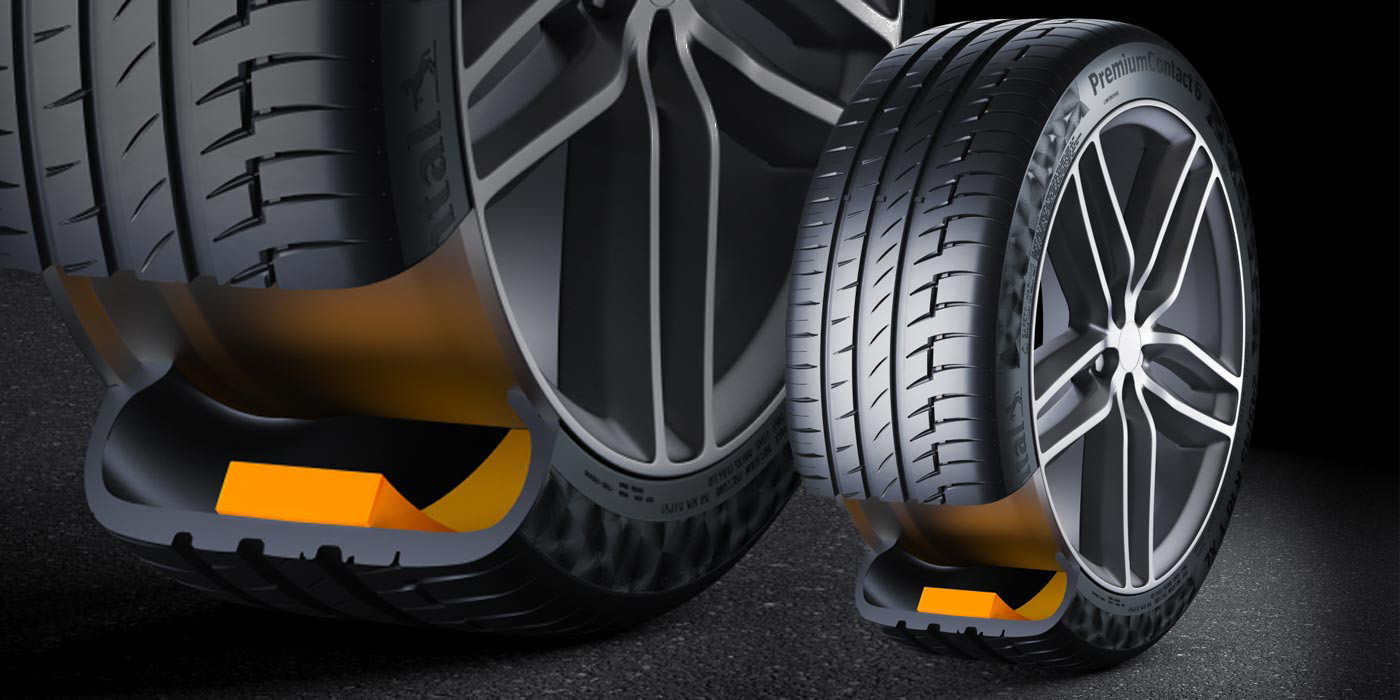This article points out how vehicle dealerships are using digital inspections to evaluate cars when drivers bring them back to the service department for warranty – and out-of-warranty – work. By recognizing the value in digital inspections, dealers are finding more ways to successfully gain potential service customers from independent repair facilities.
The article was originally published in AutoSuccess magazine.
Challenging times bring out the best in some businesses. Organizations that respond to tough times by reevaluating their operations and identifying ways to boost productivity, efficiency, profitability and customer satisfaction give themselves a much better chance of surviving downturns — and emerging stronger when the dust settles.
Over the past year and a half, dealerships across the country have dealt with a slew of unprecedented challenges. From the pandemic to the “chipdemic,” it might seem like “the hits just keep coming” for dealers that are chomping at the bit to get back to the business of selling and servicing vehicles.
According to the U.S. Department of Transportation, travel on all roads and streets in February 2021 was down 12.1% compared to February 2020, continuing a trend that’s been in play since the pandemic hit. Fewer miles traveled means less wear and tear on vehicles — and lighter volumes in service departments. With millions of Americans still unemployed or uncertain about their economic futures, showroom traffic has taken a hit as well.
Now, more than ever, dealers need to make the most of every service opportunity — and they certainly can’t afford to leave money on the table. The vehicle-inspection process is a prime example.
According to a Babcox Media survey commissioned by UVeye, the vast majority of surveyed dealerships (83%) said they promote low-cost winter or spring vehicle checkups. More than half of the dealerships said these routine vehicle inspections generate at least 40% of their annual service revenue.
While the vast majority of these inspections include an underbody check, most of them (82%) turn up safety issues less than 40% of the time. According to the survey, one-third of these underbody inspections find a safety issue less than 20% of the time.
Among the conclusions we can draw from the survey, the results point to the challenges of conducting manual inspections — whether for a routine service appointment or a trade-in appraisal.
First, there’s the time factor. Four out of 10 survey respondents said a routine inspection takes more than 15 minutes, on average. A dealership can be a chaotic place, and the service desk is a hub of activity. When there are three people in line at the service desk and a phone caller waiting on hold, a walkaround inspection becomes just another task for a service advisor to perform during the RO writeup. Is it really the highest and best use of their time?
Then there’s the human element. Whether the person conducting the inspection is a service advisor, a technician or an appraiser, even the most thorough vehicle inspections might miss certain things. If the person inspecting the vehicle is overwhelmed or simply having an off day, the inspection might be less thorough than usual — increasing the potential for issues to slip through undetected. That can create safety risks for the driver, leave dollars on the table for the dealership and erode the customer’s trust in your business.
While service departments have checklists to guide through them inspections, there’s no objective industrywide standard for identifying vehicle issues. However, the emergence of automated-inspection technology removes inconsistencies — and the possibility of human error — from the equation.
Automated tools powered by artificial intelligence are able to scan vehicles in a matter of seconds, detecting issues that might go unnoticed by the human eye or uninspected due to time constraints. Unlike a service advisor or technician, an automated inspection system doesn’t get tired or distracted. The system analyzes high-quality, multi-angle images, identifying upsell opportunities that a human’s eyes and limitations could overlook.
Not only do automated inspections save time and increase efficiency, but they also build trust with customers who are wary of service advisors trying to “sell” them something “extra.” The service advisor receives a detailed, comprehensive and objective report that he or she can review with the customer. This puts service advisors in a much stronger position to upsell, because they’re making recommendations based on data derived from a consistent, regimented process.
The past year and a half has been a challenging stretch for dealerships. Tough times such as these present an opportunity to assess your operations and determine how your organization can do things better, faster and more cost-effectively. It’s a perfect time to take a closer look at how automated inspections can help you make the most of every service opportunity.


